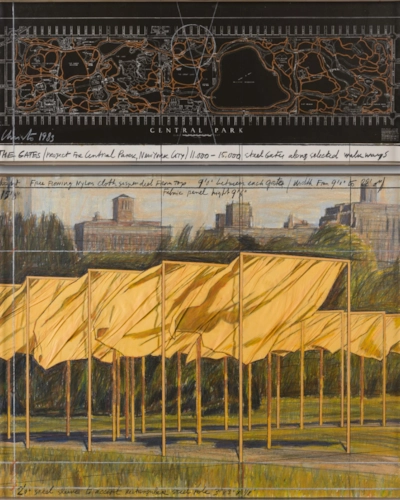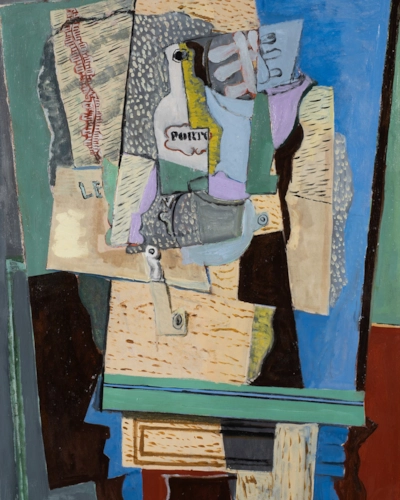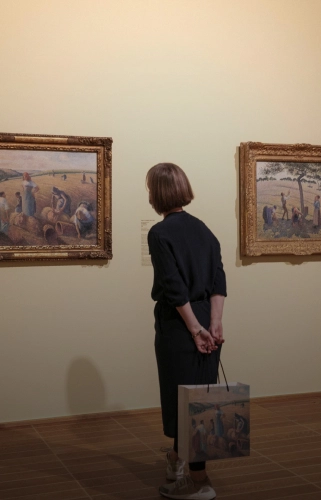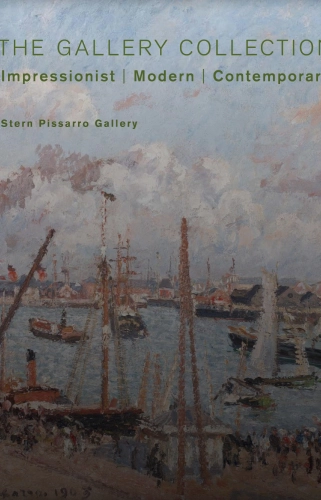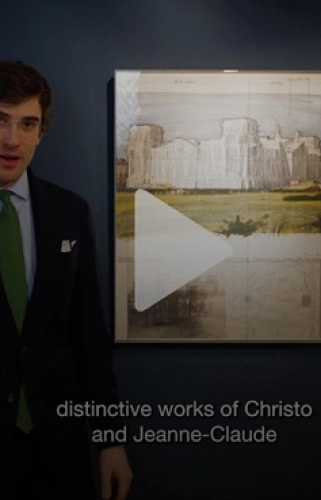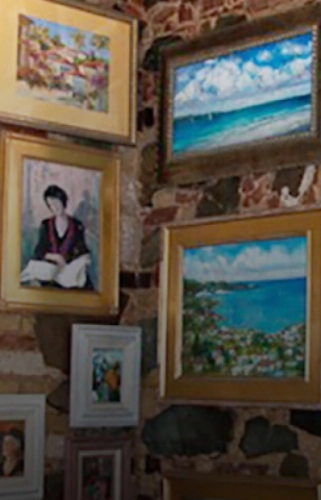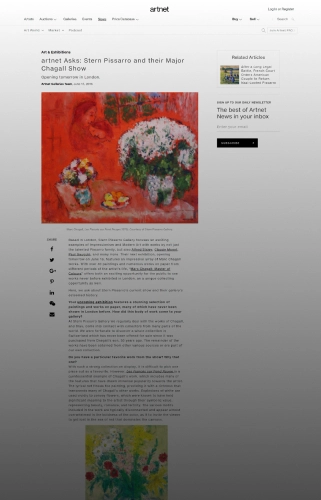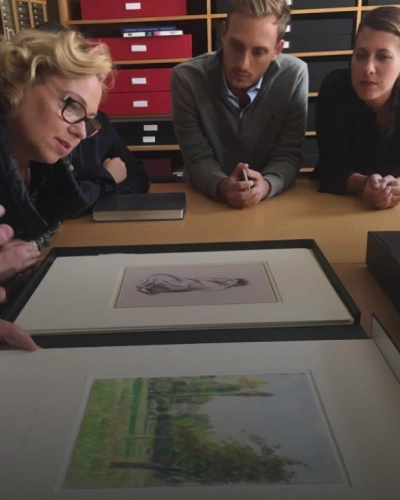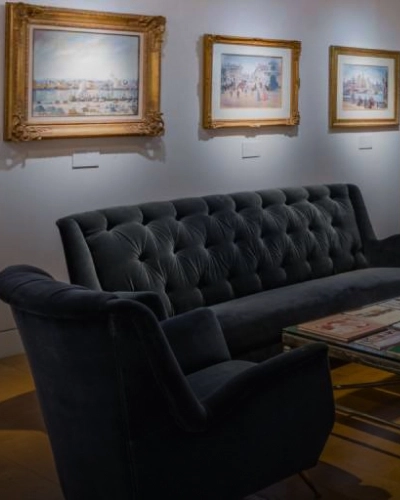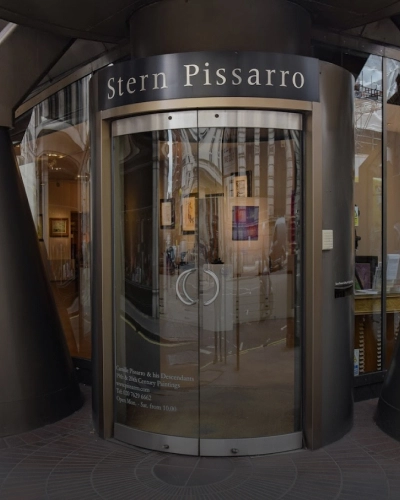Max Ernst
(1891 - 1976)
biography
It was in 1922 that Ernst emigrated to Paris and returned to the medium of easel painting, incorporating it alongside his other practices. He explored dreamlike subjects and adapted the anti-aesthetic stance of Dada in alignment with the Freudian interest in the unconscious –favoured by the avant-garde at time. In the early 1920’s the idea of Surrealism began to materialise, with Andre Breton’s First Manifesto of Surrealism in 1924, giving the movement a greater sense of cohesion. Alongside highly influential artists such as Joan Miró, André Masson and Man Ray, Ernst championed an automatic and revolutionary approach, making surrealism one of the most impactful movements of the twentieth century. In 1925 Ernst pioneered frottage, a technique which involves laying a piece of paper on a textured surface and then rubbing a pencil over the top to create an impression on the paper. Frottage became a crucial technique within Surrealism, and later Art Informel, used by artists for its ability to produce unexpected and organic results.
At the start of WWII, Ernst relocated to the United States, joining his third wife, Peggy Guggenheim and his son, painter Jimmy Ernst. A reputable gallerist, Guggenheim helped to catapult Max Ernst into the American art sphere. During his time in America, Ernst remained interested in dreams, the uncanny and the absurd, but his work became more spiritual, moving away from the nihilism that dominated in the early years. After divorcing Guggenheim, Ernst moved to Arizona with his new wife, fellow Surrealist Dorothea Tanning, in 1946. There, his work became informed by the shapes of the landscape and the myths associated with the desert.
Following their stay in America, the pair travelled extensively, broadening their oeuvres, and receiving much acclaim, before settling in France in 1953. Ernst continued to produce art until the year he passed away and was able to visit the major retrospective held on his work at the Solomon R. Guggenheim Museum in 1975. As well as this, there has been large retrospectives held on Ernst across the globe, with his work housed in esteemed international institutions.
biography
